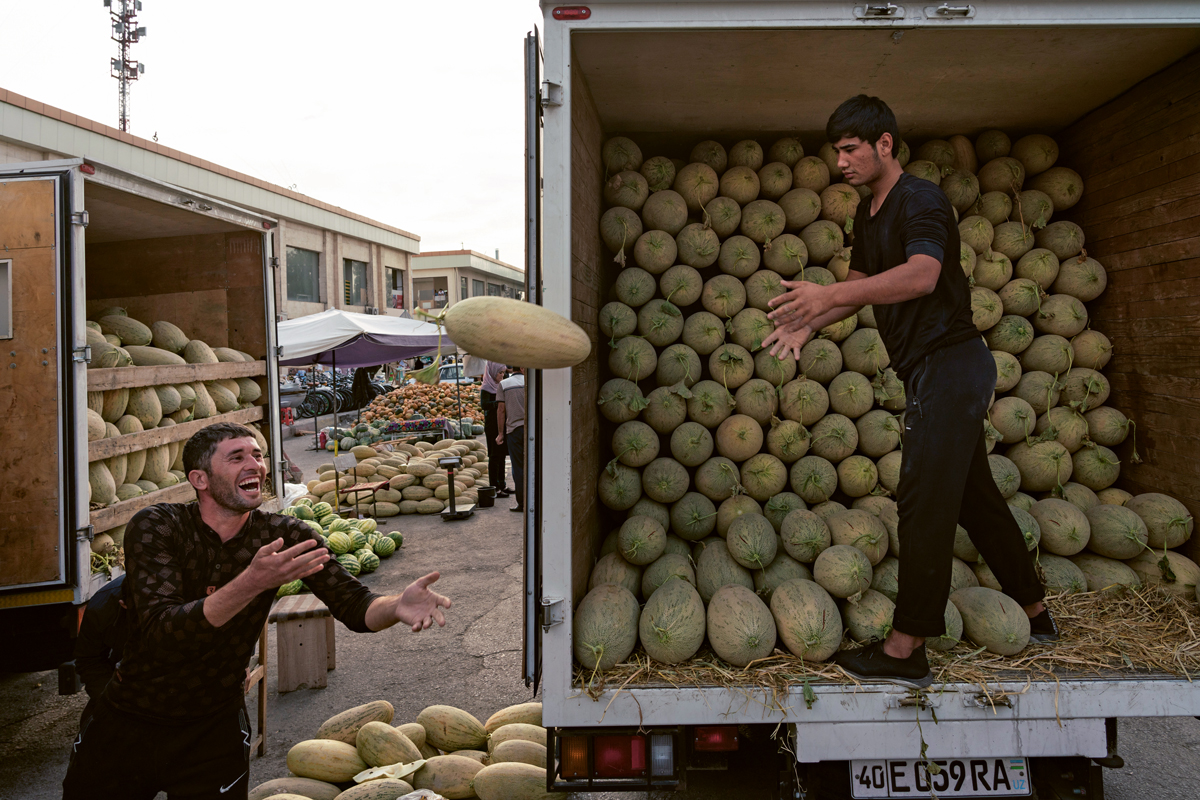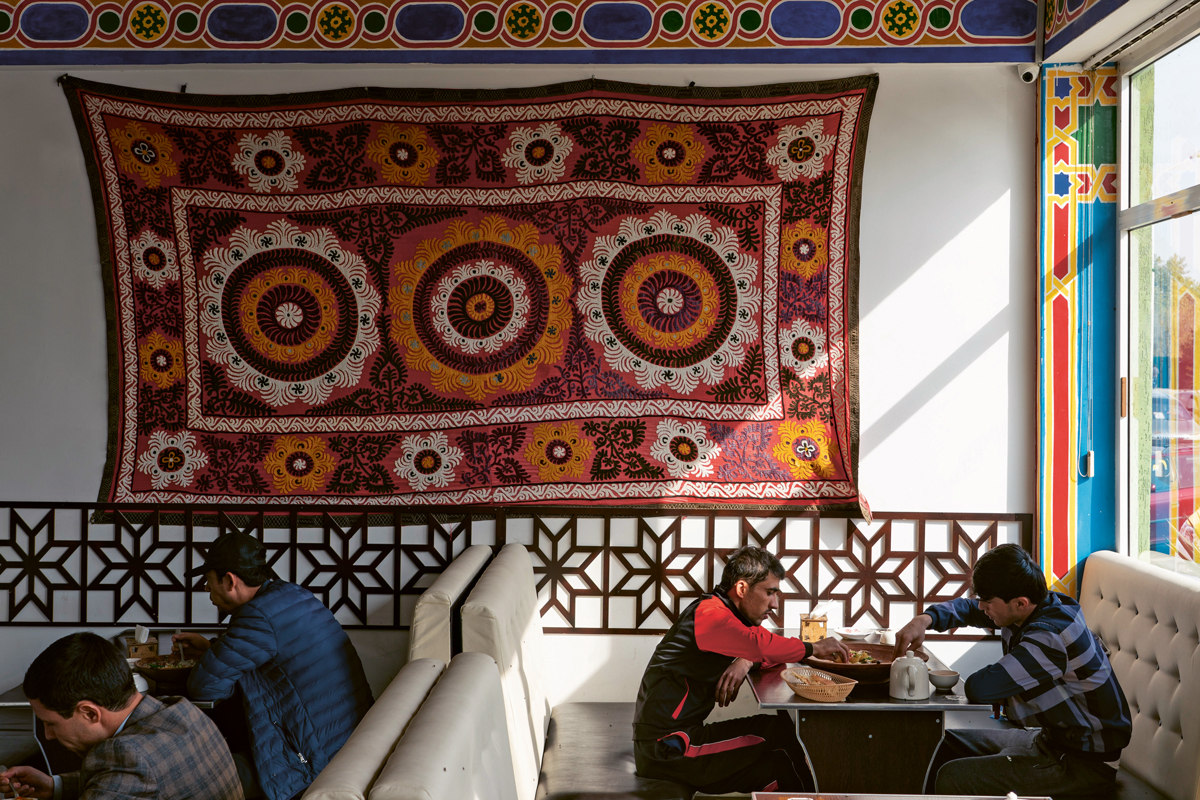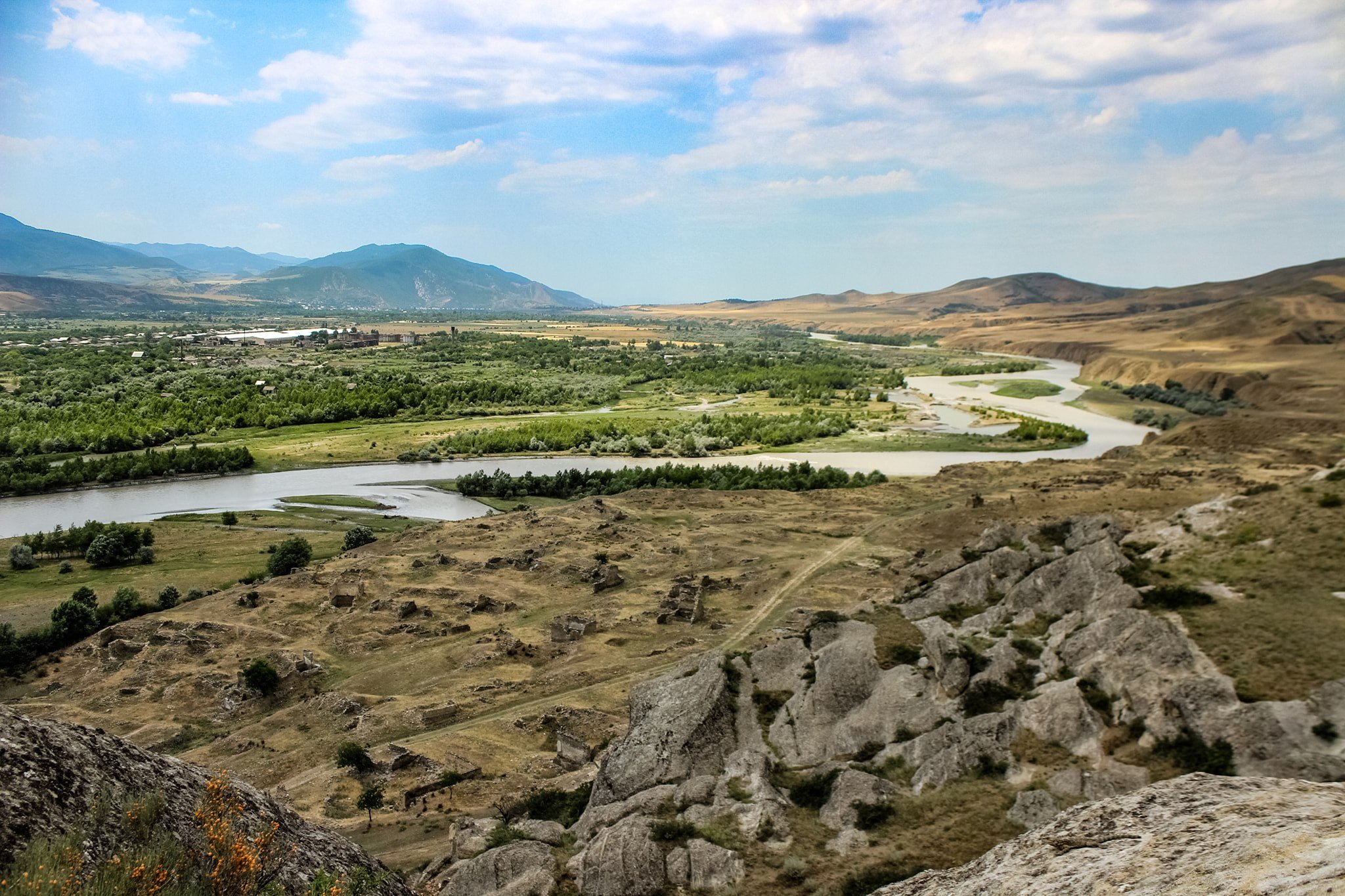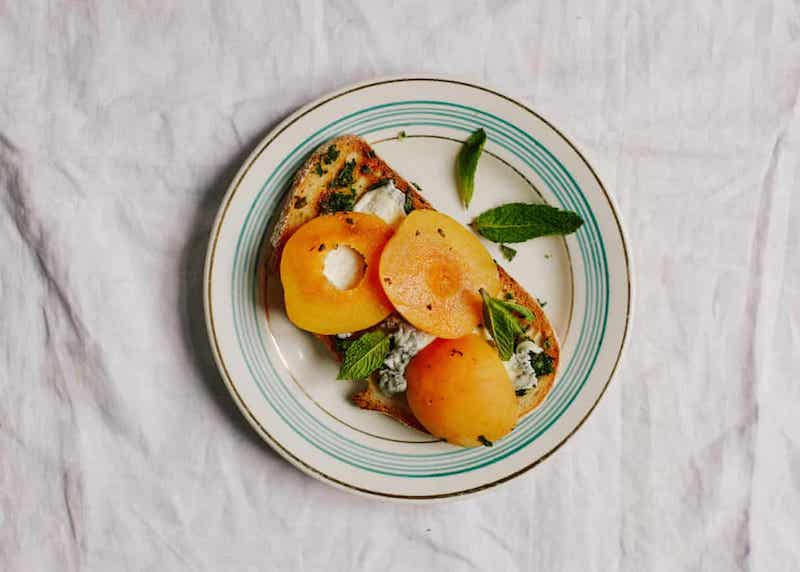From hinterland to heartland: 3 recipes from Central Asia
‘‘In the shattered rear-view mirror, the land was pink from the rising sun. The fractured looking glass rendered the desert view, mainly sand dunes, scrub, and small hills, broken and repetitive. On the road, between the cities of Bukhara and Khiva – some stretches good, others badly potholed – there was a sense of slowly evaporating, of being dwarfed by the Kyzylkum (‘red sand’) Desert.
Life’s usual urban markers – glass, advertising, people, and concrete – had vanished. Every mile crossed felt acute because, even in the safety of a car, deserts trigger intensities: uneasy mirages of lost directions and fears of supplies running short. But, despite imagined terrors, deserts also excite awe.
At some point during this six-hour drive, I don’t recall when exactly, a flatroofed structure appeared. In front of the rough, squat building, a group of men reclined on a steel tapchan, a raised platform for tea drinking, topped with a thinly padded floral mattress, and upon that, a small table on four legs where cups, spoons, and teapots glinted. A desert café: an island of comfort in a sea of saffron-coloured scrub and sand.’’
Autumnal Soup with Rice, Barley and Lamb
Serves 4
In autumn, at almost any dastarkhan in Tajikistan, you will be served a thick, warming soup full of lamb and fresh vegetables, often so hearty that it is the main event. This is a version of the soup I ate with Mirzoshah at his apple orchard, sunshine warming our backs, snow-capped mountains hovering in the distance.
2 tsp olive oil
300g/10½ oz lamb neck fillet or lamb leg, trimmed of fat, and cut into bite-size pieces
Sea salt and freshly ground pepper
½ large onion, finely chopped
50g/¼ cup wholegrain or brown basmati rice, rinsed
50g/¼ cup pearl barley, rinsed
½ tsp ground allspice
500g/1lb 2oz mixed root vegetables (I used swede (rutabaga) and carrot, as well as potatoes), peeled and cubed
¼ tsp cayenne pepper
700ml/3 cups lamb stock
1 fresh bay leaf
Handful of flat-leaf parsley, chopped, to garnish
Non Bread (below), to serve
Heat 1 teaspoon of the oil in a casserole or large saucepan. Season the lamb generously with salt and pepper, then fry over a high heat for a few minutes until browned. Add the other teaspoon of oil, along with the onion, rice and barley, then gently fry for one minute. Add the vegetables and spices, season, and cook for two more minutes, before adding the stock and bay leaf. Bring to a boil, then simmer gently, with the lid on but stirring occasionally, for 40–50 minutes, or until the pearl barley is cooked but still has bite. Check the seasoning. When it’s cooked, spoon about a quarter of the soup (but not the bay leaf) into a separate pan or bowl. Purée with a stick blender, then stir it back into the rest of the soup. Again, check the seasoning. Ladle into bowls, scatter over the parsley and serve with warm non bread.
Old Tashkent Non Bread with Raisins and Walnuts
Make 1 Large Non Round Bread
250g/2 cups plain (all-purpose) flour
1 ½ tsp fast-action yeast
½ tsp fine sea salt
½ tsp caster (superfine) sugar
180ml/¾ cup tepid water
2 tbsp sunflower oil, plus extra for greasing
Handful of raisins
Handful of walnuts, shelled, and quartered
Ice cubes
1 tsp black or white sesame seeds
Put the flour into a large mixing bowl, then add the yeast to one side, and the salt, and sugar, to the other, keeping them separate. Form a well in the middle of the flour and slowly pour in the water, mixing it all together with a wooden spoon. Lightly oil a work surface, turn out the dough and begin to knead. It will be very wet and sticky at this stage but persevere – it will come together. For best results, use a dough scraper to work the dough, moving it around as best you can until it has firmed up and is silky to the touch. The slap and fold kneading method is very helpful here.
Air about 10 minutes, once the dough is firmer, smoother and less sticky, shape it into a ball. Clean the mixing bowl, grease it with a few drops of sunflower oil, and set the dough back inside. Cover the bowl with a clean and damp tea towel, and place it in the warmest spot of the kitchen. Leave it to rise for two hours, or until it has doubled in size.
Gently knock the air out by folding the dough in on itself a few times, and reshape it into a domed round. Cover a chopping board with parchment paper and dust with flour, placing the dough on top. Re-cover it with the tea towel and leave to rise again for 45 minutes; it should eventually puff up to a little dome about 17cm/7in in width.
Preheat the oven to 240°C/475°F/gas mark 9, or to its highest temperature. Place a greased baking sheet or a pizza stone inside to heat up.
Once the dough has proved for a second time, make a depression, roughly 8cm/3in, in the middle, using the heel of your hand. Brush the depression with sunflower oil, then using the tines of a fork, or a chekich bread stamp, stamp holes in it (the idea is that it won’t rise). Then, using a sharp knife, with the blade dipped in a little oil to stop it sticking, make 10 slashes in the fat ring around the depression, and stuff, as deeply as possible, without cutting all the way through, one raisin, followed by one walnut, alternately. Get them buried or they will burn. Add 5–10 ice cubes to another baking tray – this tray will be going into the oven at the same time as the non, on the shelf underneath it, to create steam.
Liberally brush the whole non with the remaining sunflower oil, then decorate with little clusters of sesame seeds. Slide it onto its warmed baking sheet or pizza stone, and carefully whip away the parchment. Transfer to the oven along with the tray of ice placed on the shelf underneath. Bake for around 20 minutes until golden and the bottom is crusty. Eat on the same day or, to bring back to life, simply spritz with some water, and place under the grill for a few minutes.
Melon, Yogurt, and Hazelnut Pudding
Makes 4 Individual Puddings
Visitors to Central Asia are always bowled over by the melons, but because they are the best in the world, very little tends to be done with them. They are simply carved up into juicy crescents and eaten. Therefore, I was interested to find out about a dish using melons in the qurutob cafés close to the Mekhkalon Mosque in Dushanbe. Unlike qurutob, which is a savoury salad with flatbread and a yogurt sauce, fatir maska is sweet. A southern Tajik speciality from the Khatlon region, shredded fatir bread is fried lightly in butter, and is served with chopped melon scattered on top. This is a take on traditional fatir maska, a great way to get melons on the table. You’ll need four sundae or dessert glasses ideally for serving these.
1 sheet of filo pastry
20g/1½ tbsp unsalted butter, melted
5 0 g / ⅓ cup blanched hazelnuts
60g/1 cup soft breadcrumbs
25g/1¾ tbsp golden caster sugar
1 Galia melon or similar
100g/½ cup natural yogurt
Preheat the oven to 200°C/400°F/gas mark 6 and line a baking tray with greaseproof paper.
Brush the filo sheet with the butter, lay on the baking tray and bake for 3–4 minutes until golden (keep a close eye, as it can colour quickly). Remove from the oven and when cool, break into large shards.
Preheat your grill. Smash the hazelnuts, using a pestle and mortar, just to break them up a bit rather than turning them into dust. Mix with the breadcrumbs and spread thinly onto a baking tray. Sprinkle over the sugar and grill until golden — this should only take a couple of minutes. Give them a stir around halfway through, to allow for the under-layer to colour.
Using a melon baller to create spheres and put them into the glasses, filling two thirds, pour over the yogurt, then scatter over the hazelnut-sugar-breadcrumb mix and artfully arrange the buttery filo shards on top.




